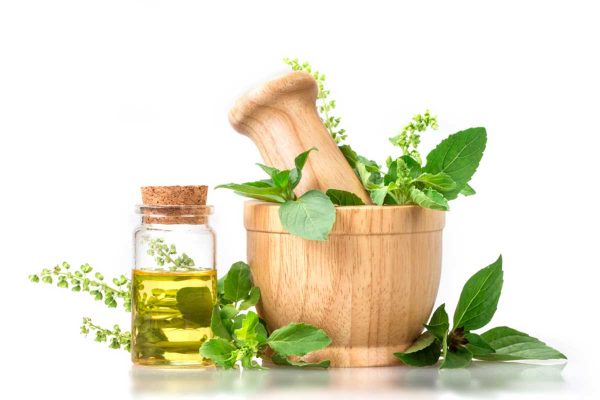Project Report For Herbal Extraction Plant
Introduction
The Project Report For Herbal Extraction Plant is as follows.
The Herbal Extraction Plant is an essential component of the production process. It is a type of industrial machine used to extract active compounds from plant material. The solvent for the extraction procedure might be either water or steam. It is intended to extract a wide range of herbs and spices in a single day. It is highly automated, thus it can be controlled by a single person with no manual interaction. The essence of herbs, flowers, roots, and other natural components is extracted using this equipment. It can extract up to 8-10 times more than manual extraction.
Herbal extraction plant manufacturers are machines that extract herbal compounds from basic materials. The plant is made up of three parts: a heating system, a hoover system and an oil extractor. It is broadly divided into two sorts. The first is a cold press extractor, and the second is a solvent extractor. The former uses simply pressure to extract the herbal substance, but the later also employs solvents. It is a machine that extracts therapeutic compounds from herbs through a process known as percolation. Percolation is the process of obtaining these qualities. This machine has been in use for many years and has proven to be highly efficient at what it does.

Types Of Herbal Extraction Plant
Solvent-Based Extraction : Solvent-based extraction involves the use of solvents to extract the desired compounds from the herbs. Common solvents used include ethanol, methanol, hexane, and supercritical carbon dioxide (CO2). The solvent is applied to the plant material, allowing it to dissolve and extract the target compounds. The resulting solution is then further processed to remove the solvent, leaving behind the concentrated extract. Solvent-based extraction methods are often efficient and yield high concentrations of desired compounds. However, they can also extract undesirable components and require careful solvent removal to ensure the final product is free of residues.
Non-Solvent-Based Extraction : Non-solvent-based extraction refers to extraction methods that do not rely on the use of solvents. Instead, they utilize physical processes or alternative mediums to extract the desired compounds from the herbs. Some common non-solvent extraction methods include:
a) Steam Distillation : This method involves passing steam through the plant material, which vaporizes the essential oils and other volatile compounds. The vapor is then condensed, resulting in the separation of the essential oil from the plant material.
b) Cold-Press Extraction : Cold-press extraction involves applying mechanical pressure to the plant material to release the oils and other compounds. This method is commonly used for extracting oils from citrus fruits, seeds, and nuts.
c) Supercritical Fluid Extraction : Supercritical fluid extraction utilizes a supercritical fluid (usually carbon dioxide) to extract the target compounds. The fluid is pressurized and heated to a state where it exhibits properties of both a liquid and a gas, making it an effective solvent for extraction.
Non-solvent-based extraction methods are often preferred when a solvent-free product is desired or when the use of solvents is not suitable for specific applications, such as food or pharmaceutical products.
Market Potential Of Herbal Extraction Plant
The global herbal extracts market was estimated at USD 42.36 billion in 2022 and is expected to increase at a CAGR of 6.28% from 2023 to 2032.
The global plant extract market is predicted to increase due to rising demand for plant extracts in the food and beverage, pharmaceutical, and cosmetics industries. Plant extracts, for example, are commonly employed in the food and beverage industries as colorants and flavorants to improve total nutritional content. In addition, rising demand for functional foods and drinks such as protein bars, dietary supplements, and flavored beverages is likely to drive the plant extracts market forward.
Plant extracts are naturally occurring compounds obtained from plants and herbs. It has therapeutic properties and active components such as alkaloids, steroids, tannins, glycosides, volatile oils, phenols, and flavonoids. These active compounds can be found in plant parts such as leaves, flowers, bark, crops, fruits, and roots. Plant extracts are employed in a wide range of industries, such as food & beverage, cosmetics, and pharmaceuticals. One of the primary factors driving the market’s growth is the increasing demand for plant extracts in the restaurant and cosmetics industries.
Project Report Sample On Herbal Extraction Plant
Need Help?
Create 100% Bankable Project Report

